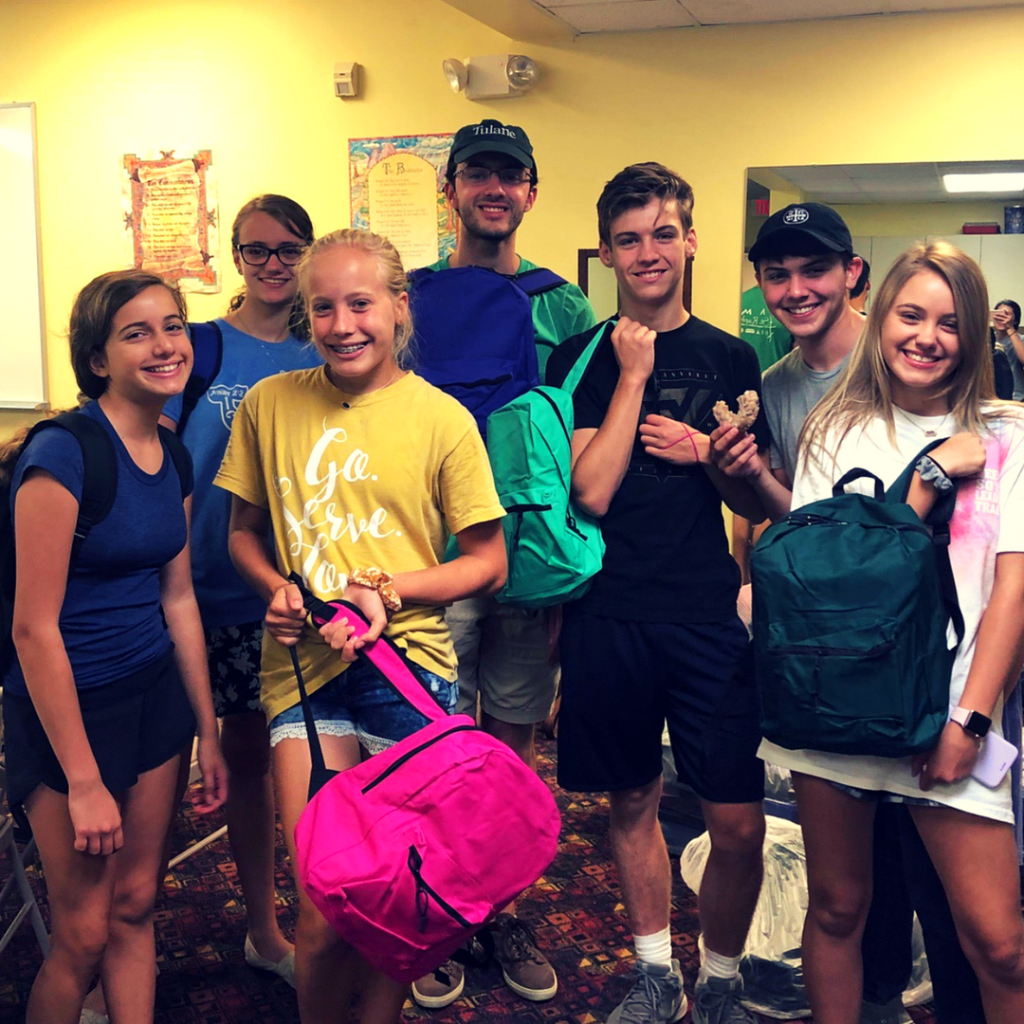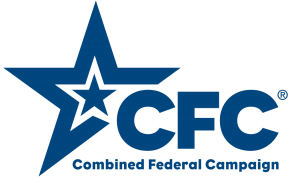This summer, FOCUS partnered with communities across the country who committed themselves to understanding local needs and taking action to make a difference!
There are around 15 million children in the United States who live below the federal poverty threshold (21%).
“Most of these children have parents who work, but low wages and unstable employment leave their families struggling to make ends meet. Poverty can impede children’s ability to learn and contribute to social, emotional, and behavioral problems. Poverty also can contribute to poor health and mental health. Risks are greatest for children who experience poverty when they are young and/or experience deep and persistent poverty” (NCCP).
Take a look at our social media and you’ll see we have been sharing updates from our summer projects: back to school backpacks and summer feeding. Both projects set out to mobilize communities to serve children living in poverty by sharing resources and basic needs like food, books, pens, pencils, and other items that may be out of reach in times of financial struggle for many parents, families, or even teachers.
We are so thankful that our work motivates people to get involved in their local communities! Whether you participated this summer through prayer, volunteering, or donating, we hope you consider ways you can continue serving vulnerable children in your area.
We are so thankful that our work motivates people to get involved in their local communities! Whether you participated this summer through prayer, volunteering, or donating, we hope you consider ways you can continue serving vulnerable children in your area.
Take some time to learn about childhood poverty, and how it affects your community! This interactive mapfrom Kids Count is a great resource to explore local data. Do your research. Go out and observe what needs exist, and what resources are already offered in your community. Often these two steps will lead you towards a way to get involved, whether that means volunteering as a tutor at a local school, organizing a food drive at church, or inspiration for a totally new project!
Another great resource is The National Center for Children in Povertywho publishes facts every year about childhood poverty. To close out this post, here are some facts you may not have known:
Children are more likely to be poor than adults.The percentage of low-income children under age 18 years surpasses the percentage of low-income adults. In addition, children are more than twice as likely as adults 65 years and older to be poor

Parents of poor children work hard.Many low-income and poor children have parents who work full time. About half (53.5 percent) of low-income children and 32 percent of poor children live with at least one parent employed full time, year round.

Poor children are less likely to have a stable place to call home.Research suggests that stable housing is important for healthy child development. However, children living in low-income families are 50 percent more likely as other children to have moved in the past year and nearly three times as likely to live in families that rent, rather than own, a home.

Poor children go without insurance, or depend on public programs for health care.Public insurance programs cover 40 percent of all children, an increase since 2010 (Figure 15). They reach many more economically disadvantaged children than do private plans, covering 73 percent of low-income children and 84 percent of poor children.

Only half of low-income children are receiving nutrition assistance.Among low-income children, almost half (49 percent) receive SNAP benefits. This percent has remained relatively unchanged since 2010, after peaking in 2012 at 51 percent.



